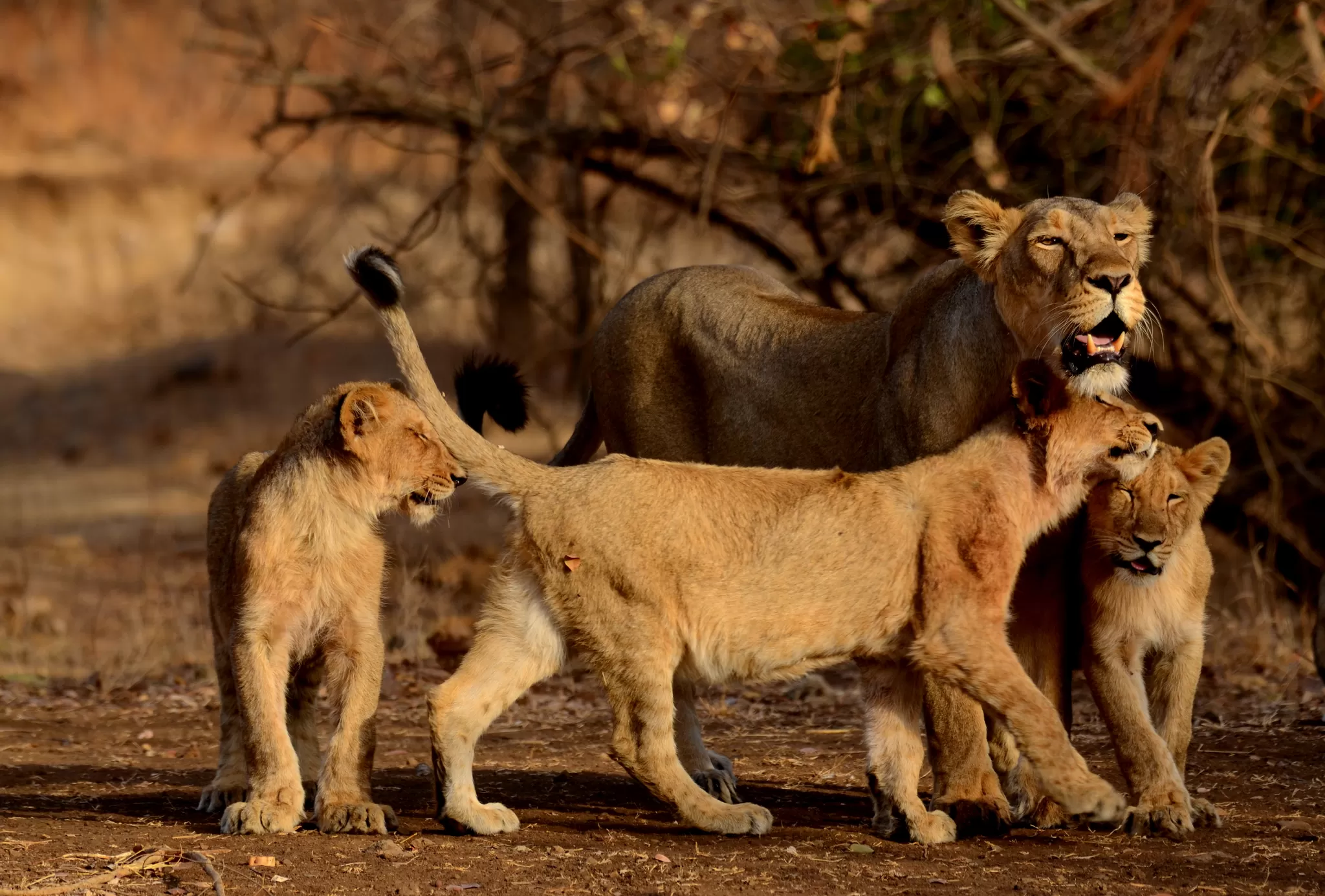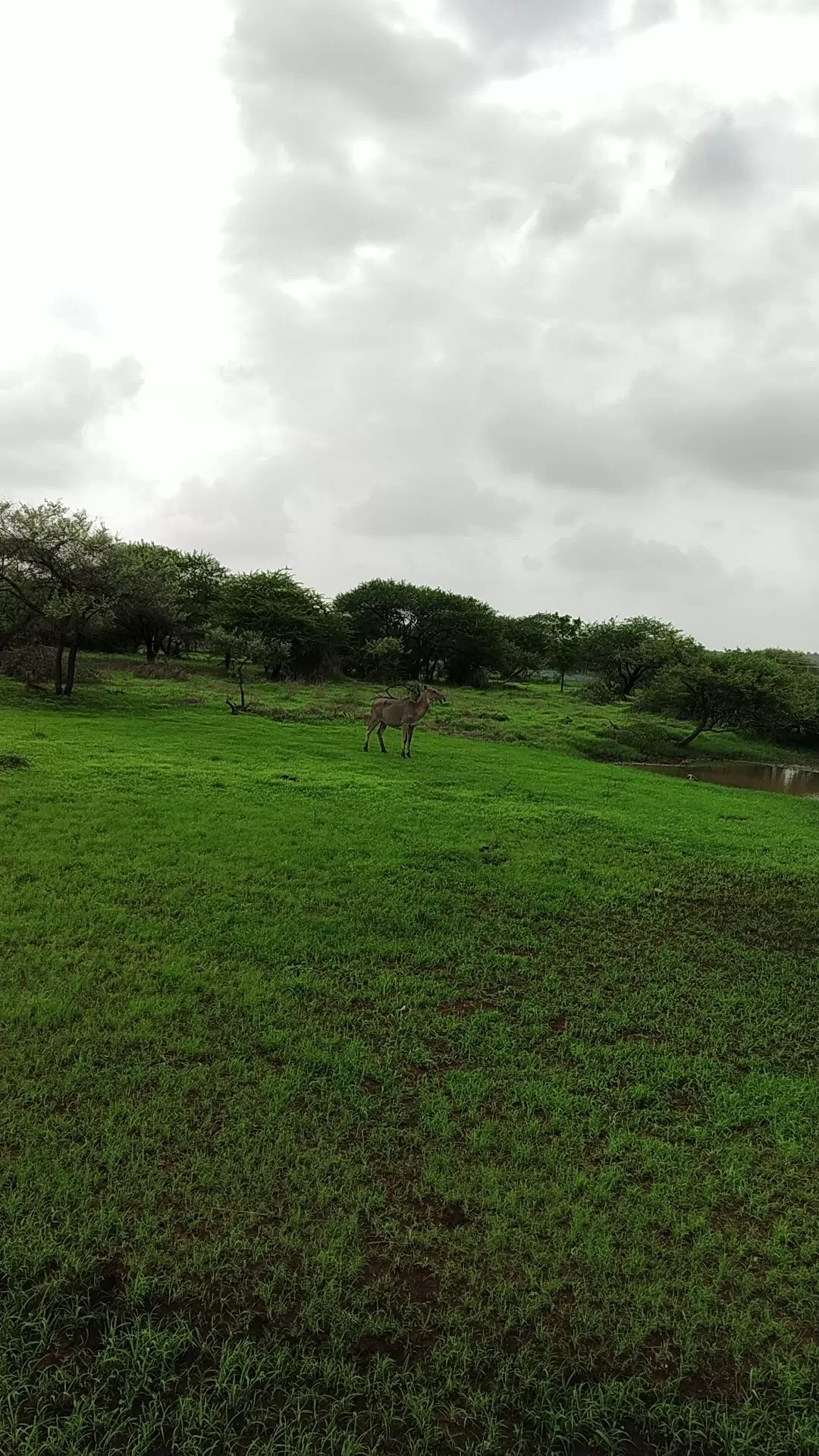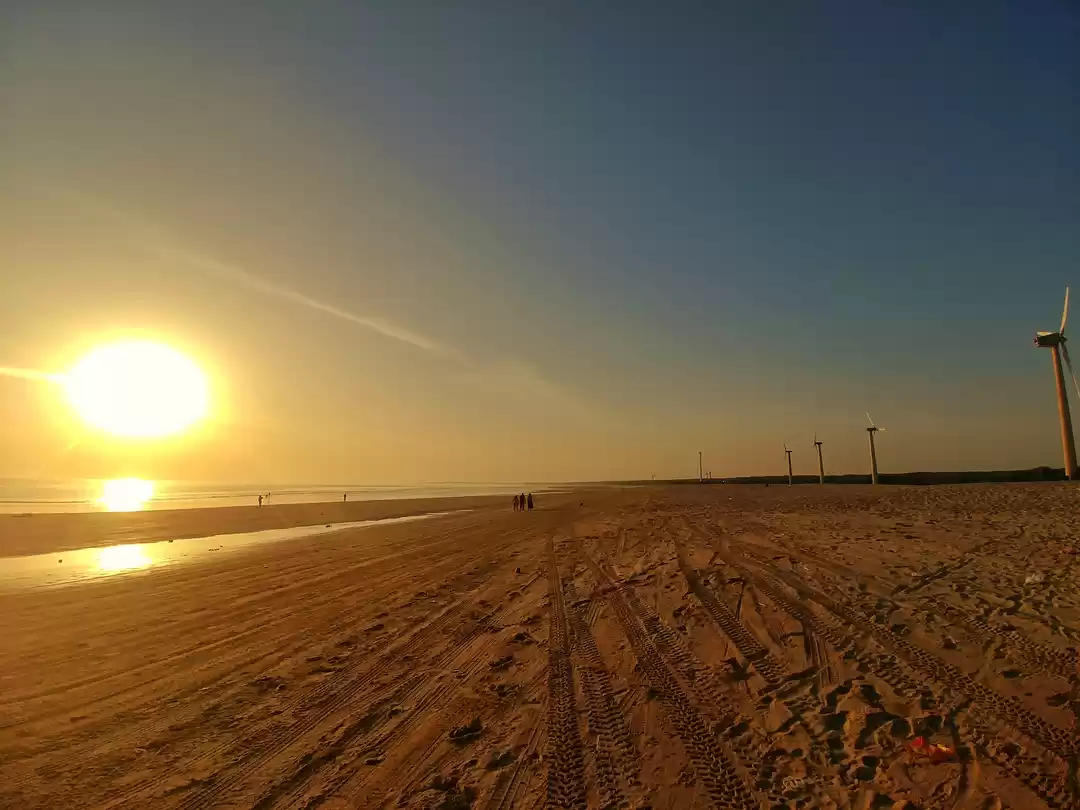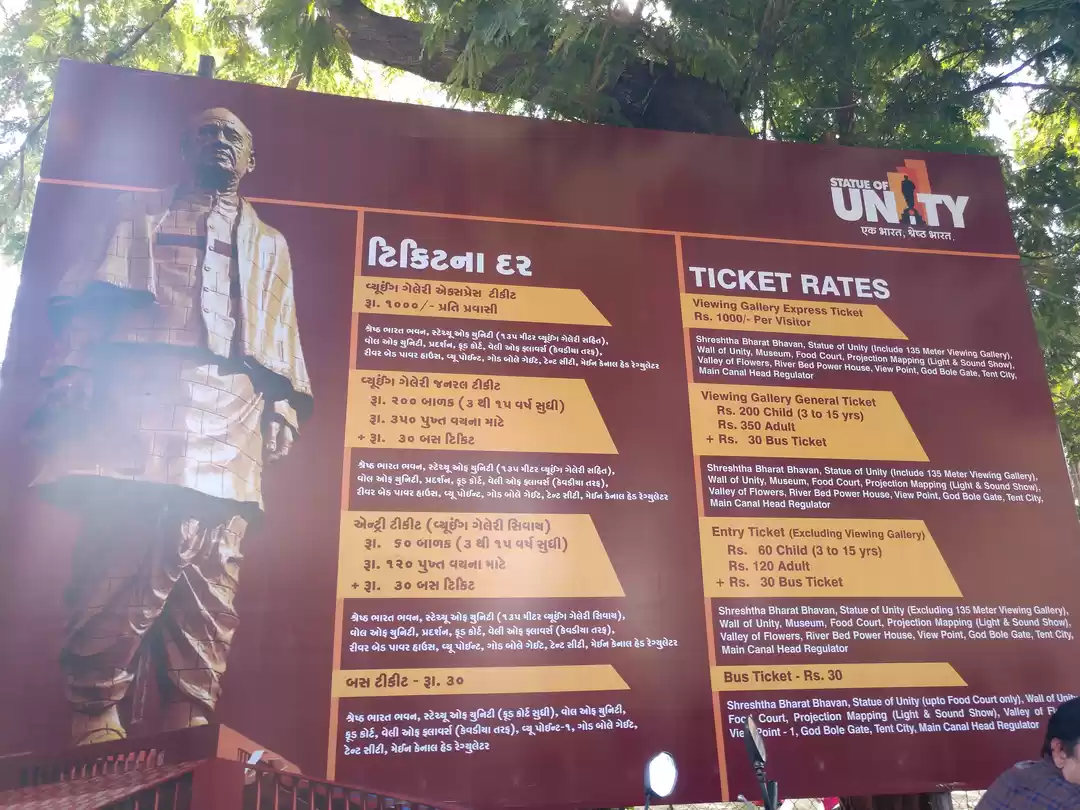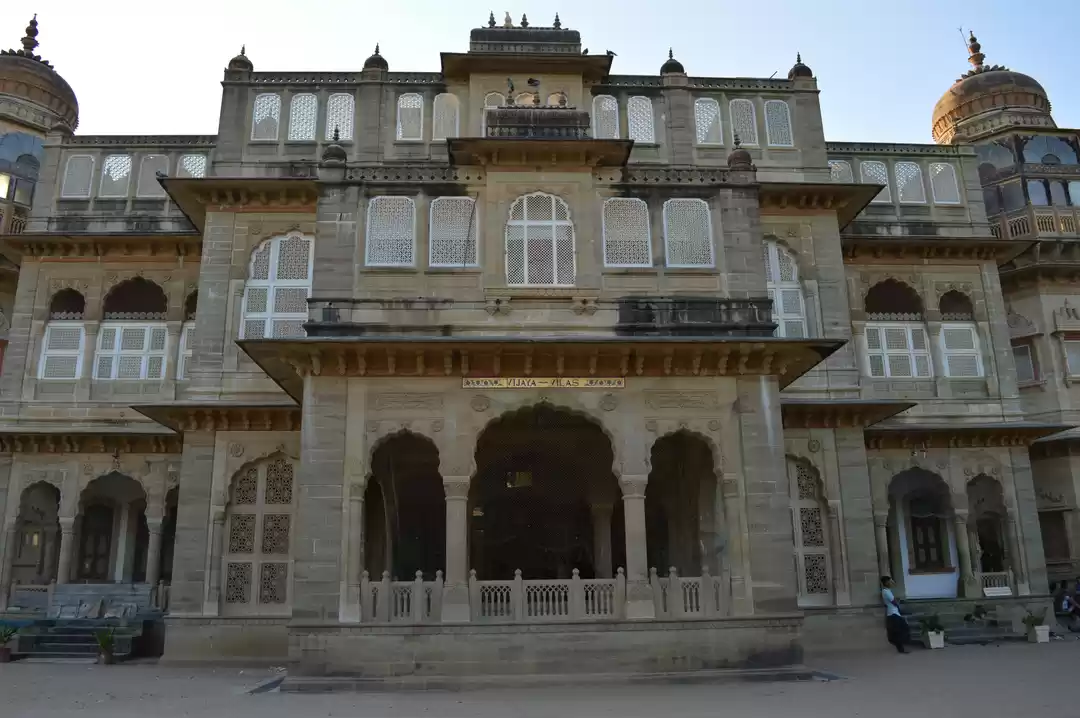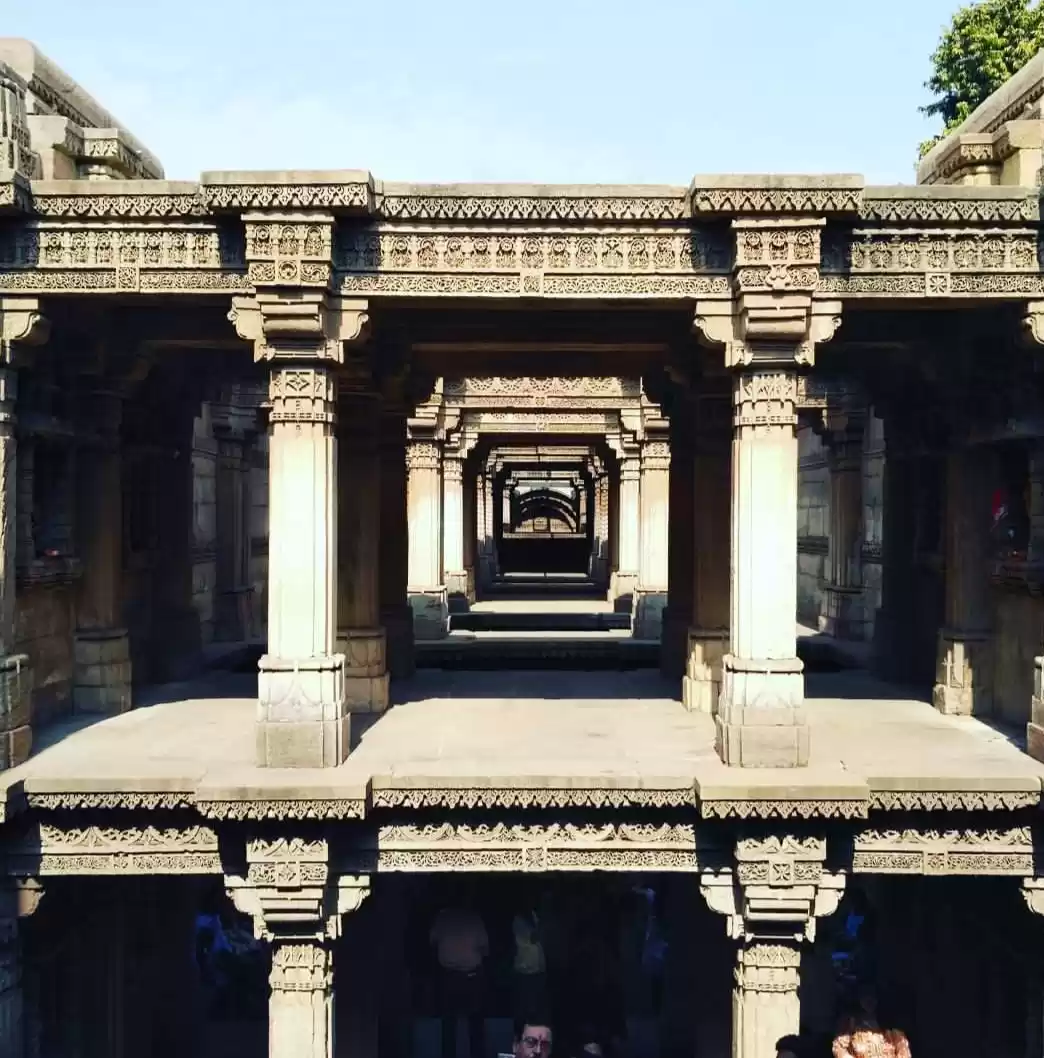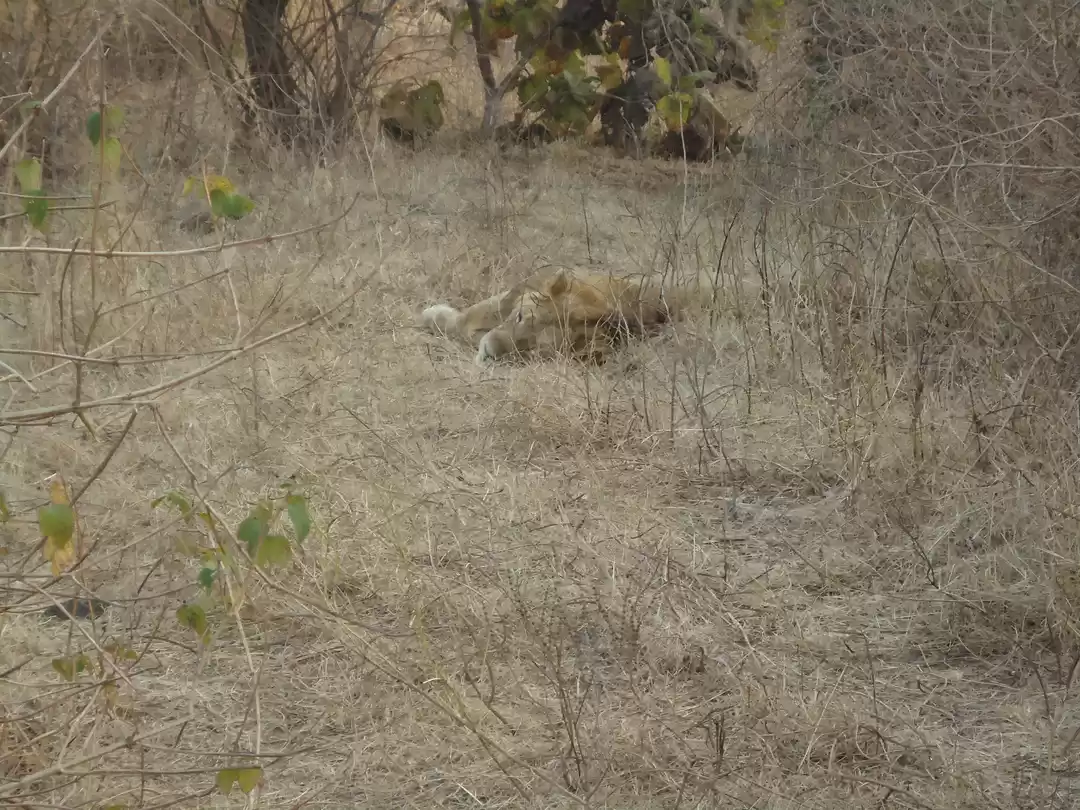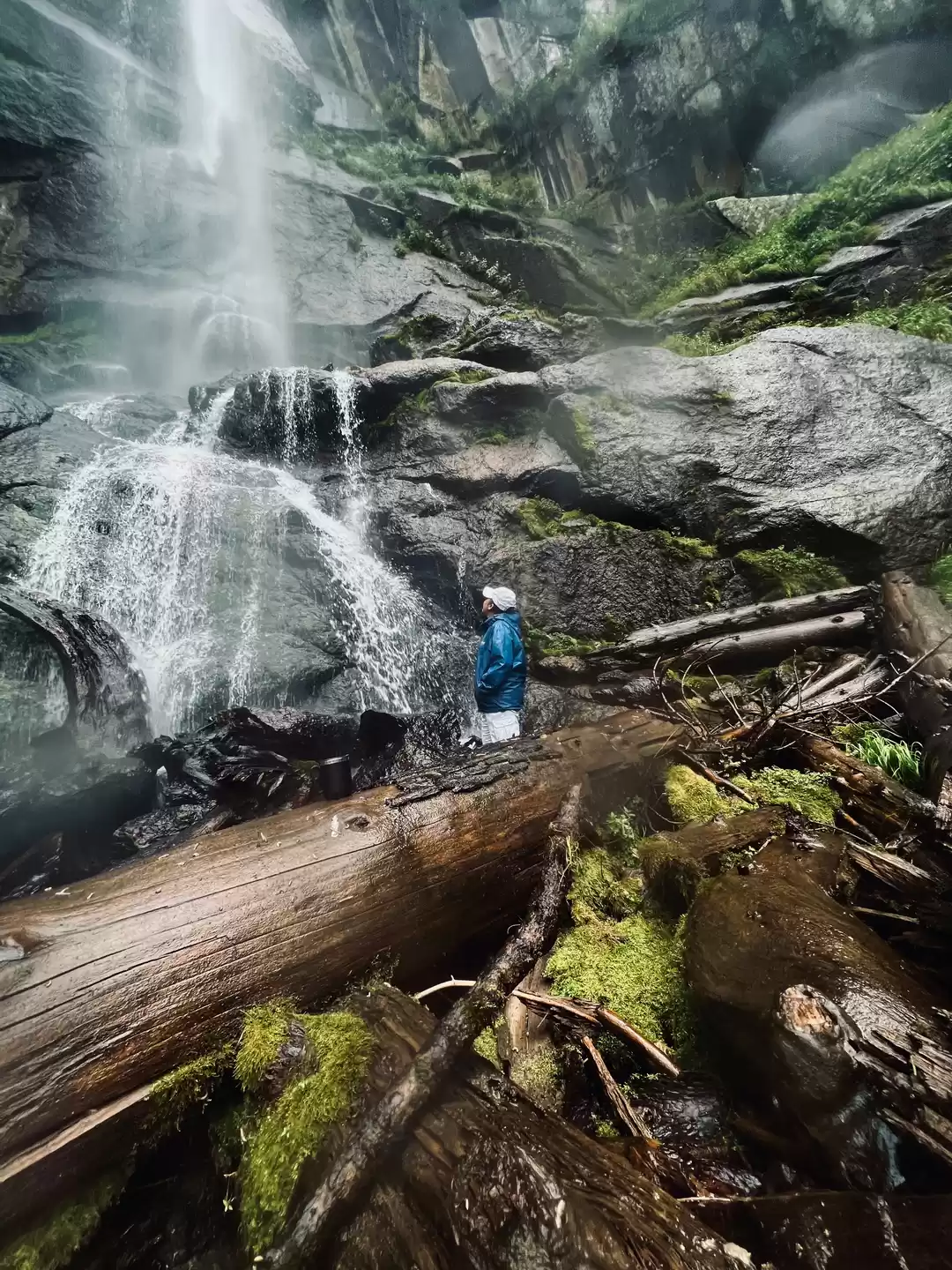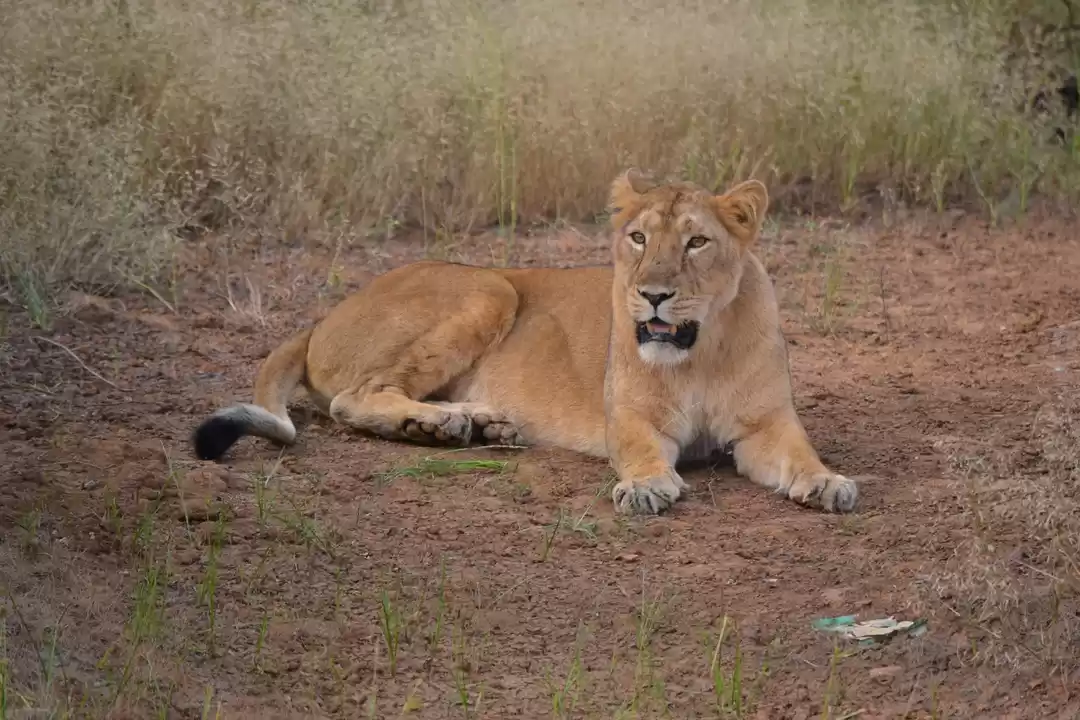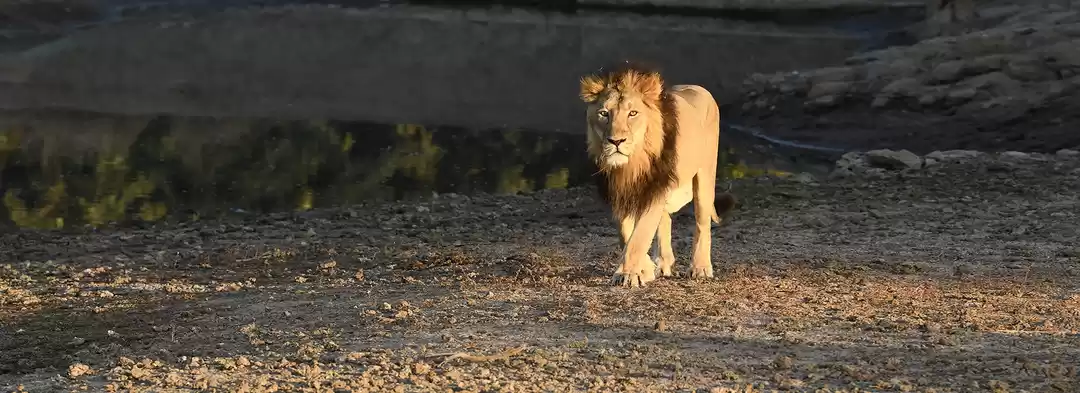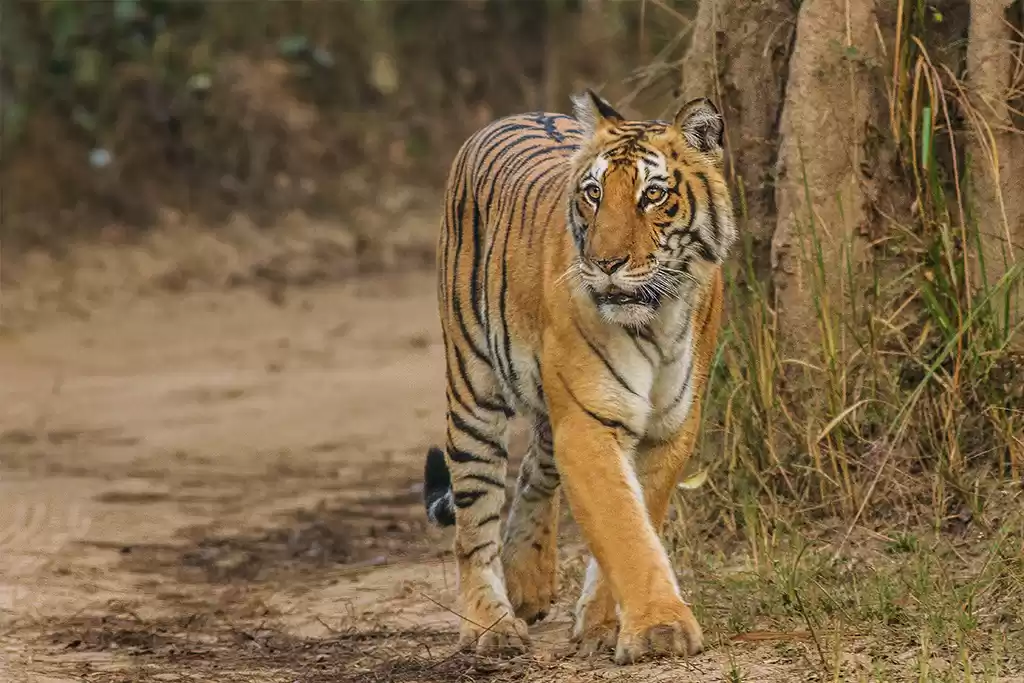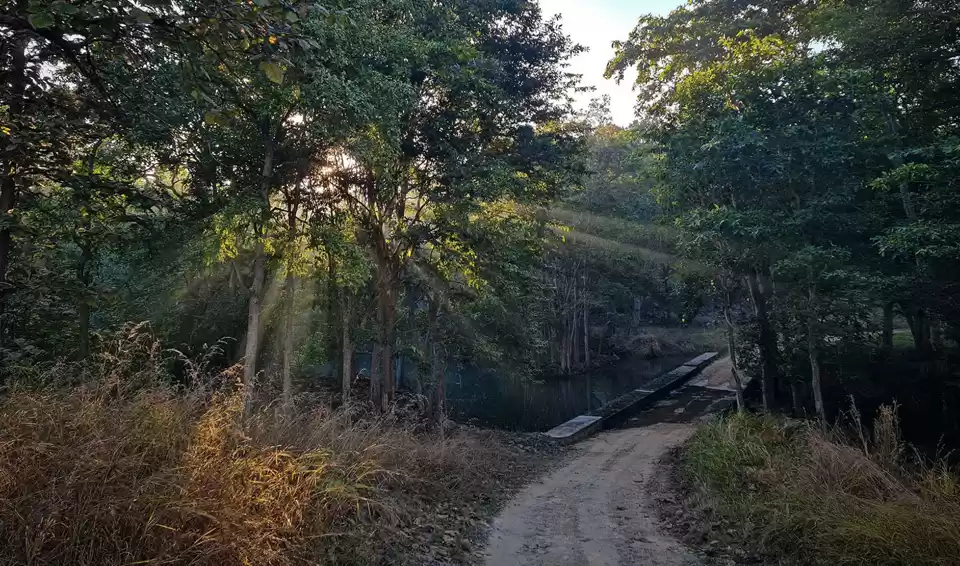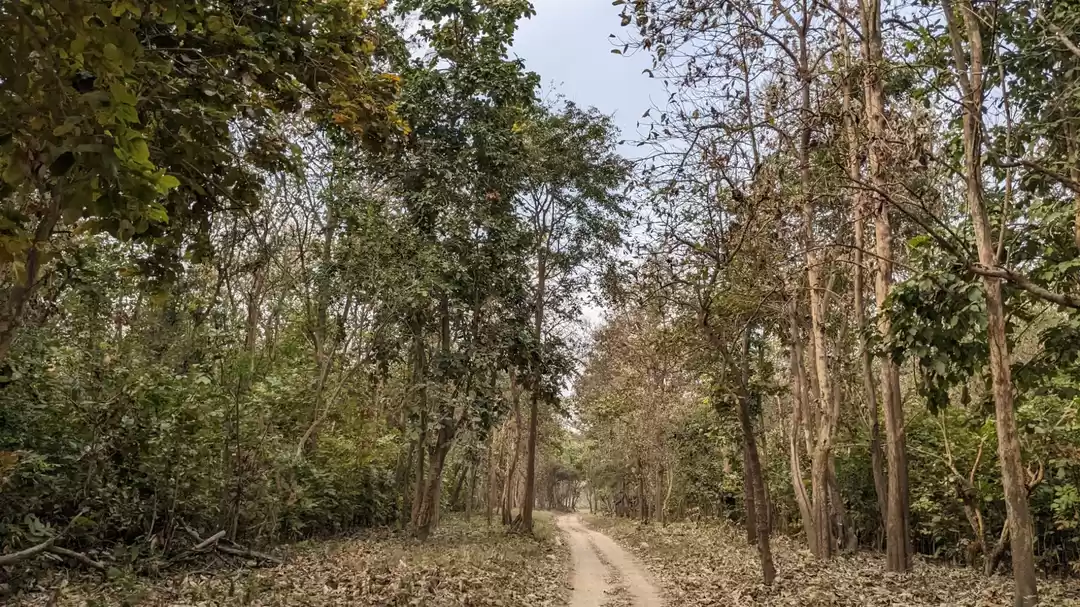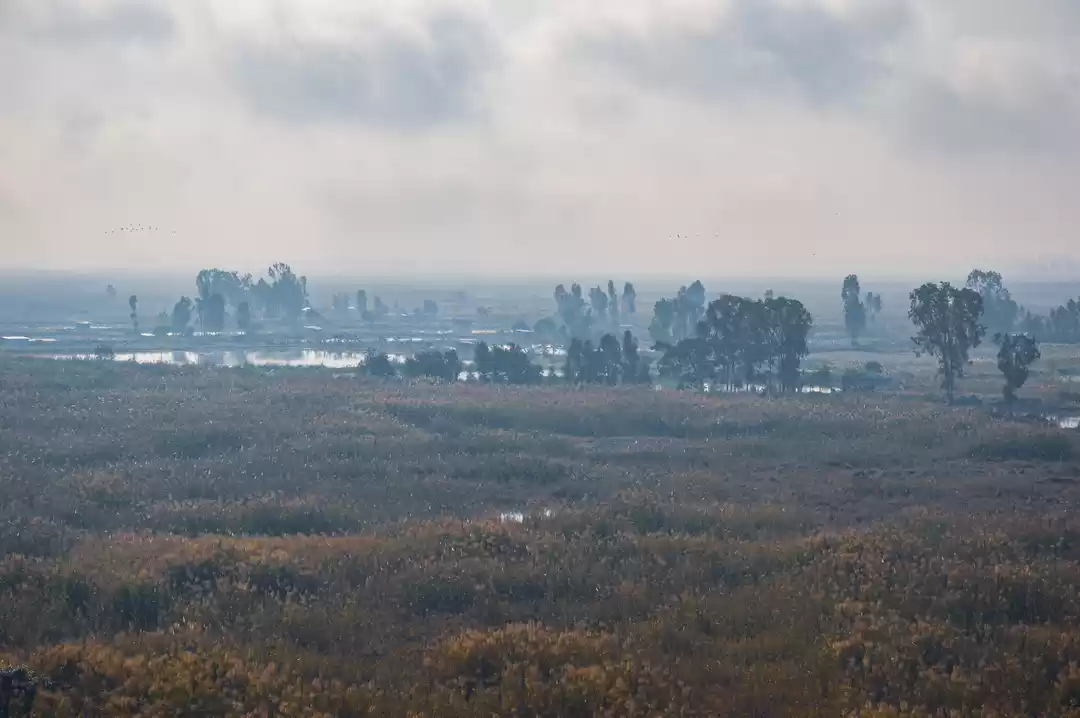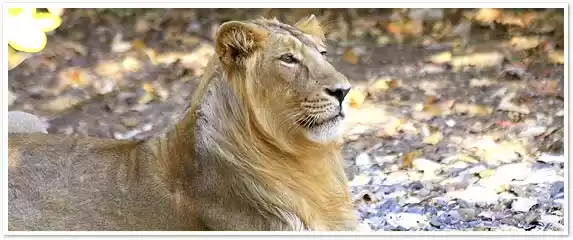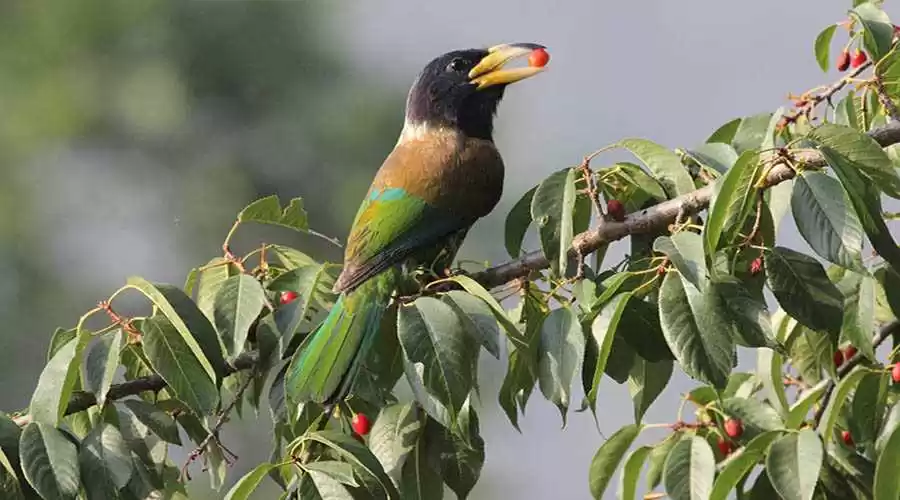Gir National Park, also known as Gir Wildlife Sanctuary or Sasan Gir, is the only place in the world where you can see the endangered Asiatic lions in their natural habitat. It is one of the most important conservation areas in India, as it is home to more than 500 lions, along with other rare and exotic animals, birds, and plants. In this article, we will tell you everything you need to know about Gir National Park, from how to reach, how to book a safari, what to see and do, and where to stay.
What is Gir National Park?
Gir National Park is a national park and wildlife sanctuary located in the Junagadh district of Gujarat. It covers an area of 1,412 square kilometers, of which 258 square kilometers is the core area and 1,154 square kilometers is the buffer zone.
Gir National Park was established in 1965 as a protected area for the Asiatic lions, which were on the verge of extinction due to hunting and habitat loss. Thanks to the conservation efforts of the government and local communities, the lion population has increased from 177 in 1968 to 523 in 2015.
Gir National Park is not only famous for its lions, but also for its diverse flora and fauna. It has more than 2,375 species of plants, including teak, acacia, banyan, and bamboo. It has more than 600 species of animals, including leopards, hyenas, jackals, foxes, deer, antelopes, monkeys, crocodiles, and snakes. It has more than 300 species of birds, including eagles, vultures, owls, parrots, peacocks, and flamingos.
Gir National Park is also a cultural hotspot, as it has several temples, mosques, and historical monuments within its premises. Some of the notable attractions are the Kankai Mata Temple, the Jamjir Waterfall, the Tulsishyam Hot Springs, and the Somnath Temple.
What to See and Do in Gir National Park?

Gir National Park offers a lot of things to see and do for nature lovers, wildlife enthusiasts, and culture seekers. Here are some of the best things to see and do in Gir National Park:
1. Spot Wildlife:
The main attraction of Gir National Park is spotting wildlife, especially the Asiatic lions. You can see them roaming freely in their natural habitat, hunting, resting, or playing with their cubs. You can also see other animals such as leopards, hyenas, jackals, foxes, deer, antelopes, monkeys, crocodiles, and snakes. You can also see a variety of birds such as eagles, vultures, owls, parrots, peacocks, and flamingos.
2. Visit Temples:
Gir National Park has several temples within its premises that are worth visiting for their religious and historical significance. Some of the most popular temples are the Kankai Mata Temple, which is dedicated to Goddess Kankai; the Tulsishyam Temple, which is dedicated to Lord Vishnu; and the Somnath Temple, which is one of the twelve Jyotirlingas of Lord Shiva.
3. Explore Nature Trails:
Gir National Park has several nature trails that offer a scenic and serene experience of walking through the forest. You can enjoy the fresh air, greenery, and tranquility of nature while observing the flora and fauna along the way. Some of the most popular nature trails are the Chodavadi Nature Trail, the Kamaleshwar Nature Trail, and the Hiran River Nature Trail.
4. Visit Waterfalls:
Gir National Park has some beautiful waterfalls that add to its charm and splendor. You can visit these waterfalls and enjoy their soothing sound and sight. Some of the most popular waterfalls are the Jamjir Waterfall, which is also known as Swarnavari Kund; the Machhundri Waterfall, which is also known as Lion’s Point; and the Madhavpur Waterfall, which is also known as Madhavpur Ghed.
5. Enjoy Cultural Activities:
Gir National Park is not only a wildlife destination but also a cultural destination. You can enjoy various cultural activities such as folk dance, music, art, and cuisine that showcase the rich heritage and traditions of Gujarat. You can also interact with the local communities such as the Maldharis (cattle herders) and Siddis (African-origin tribes) who live in harmony with nature and wildlife.
Also read: Gir National Park
How to Book a Safari in Gir National Park?
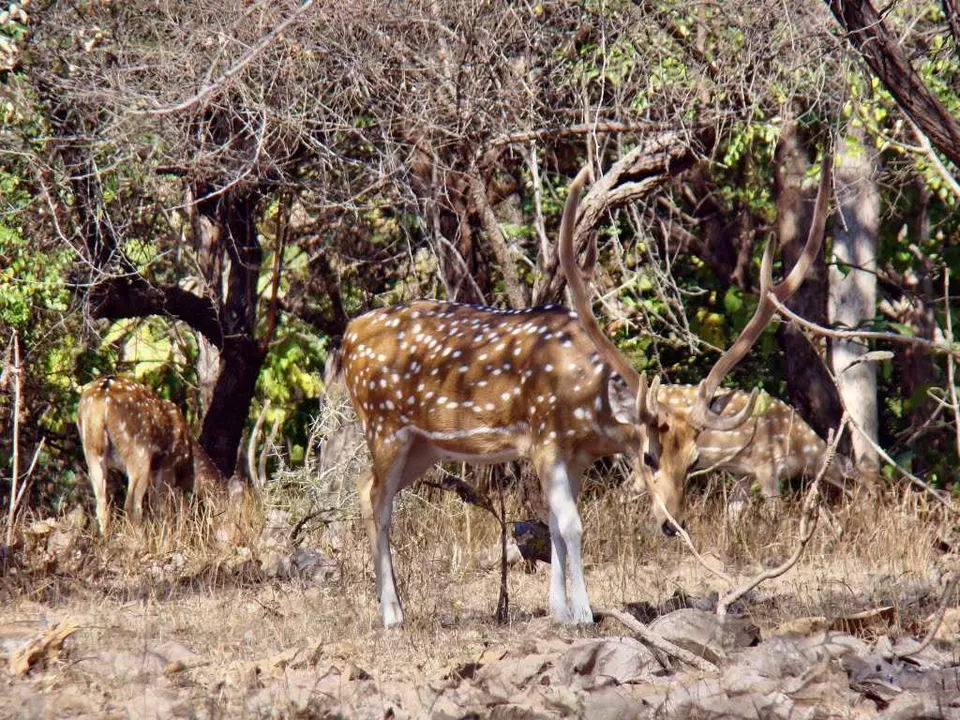
One of the main attractions of Gir National Park is the safari experience. You can enjoy a thrilling ride in an open jeep through the forest and spot various wildlife species along the way. You can also visit the Devalia Safari Park (also known as Gir Interpretation Zone), which is an enclosed area within Gir National Park that offers a guaranteed sighting of lions and other animals.
There are two types of safari available in Gir National Park:
1. Jeep Safari:
Jeep Safari is conducted in the core area of Gir National Park, where you can explore the natural habitat of the lions and other wildlife. Jeep Safari is available in three shifts: morning (6:00 am to 9:00 am), afternoon (9:00 am to 12:00 pm), and evening (3:00 pm to 6:00 pm). Each jeep can accommodate up to six people, excluding the driver and the guide. The duration of each safari is about three hours.
The charges for each safari are Rs. 800 per person for Indians and Rs. 4,800 per person for foreigners, excluding the entry fee, vehicle fee, guide fee, and camera fee.
2. Devalia Safari Park:
Devalia Safari Park is conducted in a fenced area of about 412 hectares, where you can see lions and other animals in a semi-natural environment. Devalia Safari Park is available in two shifts: morning (8:00 am to 11:00 am) and afternoon (3:00 pm to 5:00 pm). Each bus can accommodate up to 25 people. The duration of each safari is about 20 minutes. The charges for each safari are Rs. 150 per person for Indians and Rs. 2,600 per person for foreigners, excluding the entry fee and camera fee.
You need to book your safari at least one month in advance, as the slots are limited and fill up fast. You also need to carry a printout of your booking confirmation and a valid photo ID proof when you visit the park.
Please note that the park is closed during monsoon season from 16 June to 15 October every year. The online booking system is also closed during this period.
Where to Stay in Gir National Park?
Gir National Park has a range of accommodation options for visitors who want to stay near or inside the park. You can choose from luxury hotels, resorts, cottages, campsites, guest houses, or forest lodges depending on your budget and preference.
Some of the best places to stay in Gir National Park are The Fern Gir Forest Resort, Asiatic Lion Lodge and Gir Jungle Lodge.
How to Reach Gir National Park?

Gir National Park is well-connected by road, rail, and air from major cities and towns of Gujarat and India. Here are some of the best ways to reach Gir National Park:
By Road: Gir National Park is about 65 kilometers from Junagadh city, which is the nearest major city. You can take a bus or a taxi from Junagadh to Sasan Gir, which is the headquarters of Gir National Park. You can also drive your own car or rent a car from Ahmedabad or Rajkot, which are about 350 kilometers and 160 kilometers away respectively.
By Rail: The nearest railway station to Gir National Park is Sasan Gir railway station (SASG), which is about 1 kilometer from Sasan Gir village. You can take a train from Ahmedabad or Rajkot to Sasan Gir railway station. Alternatively, you can take a train to Junagadh railway station (JND), which is about 65 kilometers from Sasan Gir village. You can then take a bus or a taxi from Junagadh to Sasan Gir.
By Air: The nearest airport to Gir National Park is Rajkot airport (RAJ), which is about 160 kilometers from Sasan Gir village. You can take a flight from Mumbai or Delhi to Rajkot airport. You can then take a bus or a taxi from Rajkot to Sasan Gir.
Gir National Park is a must-visit destination for anyone who loves wildlife and nature. It is the only place in the world where you can see the majestic Asiatic lions in their natural habitat. It is also a place where you can enjoy the rich biodiversity and cultural heritage of Gujarat.
We hope this article has given you all the information you need to plan your trip to Gir National Park.
Also read: For the love of God and wildlife II (Gir National Park/ Wildlife Sanctuary)







